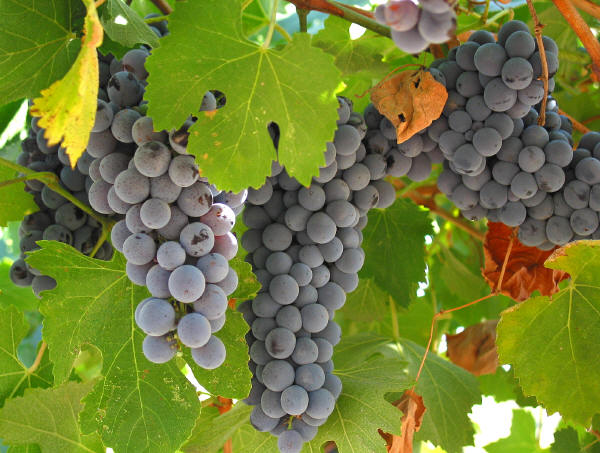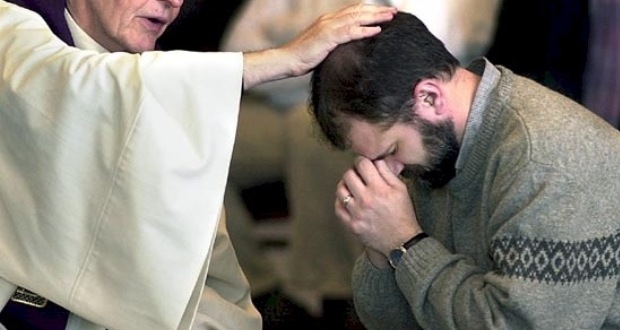I AM The Vine

 I am the vine; you are the branches. Along with Paul’s image of the church as the body of the risen Christ, this image of the Church as grapevine spoken by Jesus in the Fourth Gospel is one of the great images of the unity of the living Church. The body analogy is a rich analogy for celebrating the unity that comes from the collaboration of diverse members (organs) that utterly depend both on one another and on their common head for life, survival, and direction. The power of the vine-and-branches image comes from the way it illustrates and emphasizes the complete dependence of the life of each member on the head, Christ, for its vitality and fruitfulness, and how each member flourishes under the care coming from yet another distinct source, the Father.
I am the vine; you are the branches. Along with Paul’s image of the church as the body of the risen Christ, this image of the Church as grapevine spoken by Jesus in the Fourth Gospel is one of the great images of the unity of the living Church. The body analogy is a rich analogy for celebrating the unity that comes from the collaboration of diverse members (organs) that utterly depend both on one another and on their common head for life, survival, and direction. The power of the vine-and-branches image comes from the way it illustrates and emphasizes the complete dependence of the life of each member on the head, Christ, for its vitality and fruitfulness, and how each member flourishes under the care coming from yet another distinct source, the Father.
The painful discipline of fruitful spiritual growth is caught in the detail of the Father’s pruning. Observed apart from the context of the life of the branch, the act of pruning seems at first to be a violation of the branch; something is cut off, after all—amputated. But the full context reveals that the loss of a random sprout results in a branch that delivers more nourishing fluid to the eventual budding and production of the cluster of grapes. And that wonderful process requires that the branch maintain its connection with the nurturing vine. The fruitfulness of all the branches depends on their union with the one vine–the risen Christ. The teaching power of the vine and branches image is the reason it appears so frequently in Christian art.
violation of the branch; something is cut off, after all—amputated. But the full context reveals that the loss of a random sprout results in a branch that delivers more nourishing fluid to the eventual budding and production of the cluster of grapes. And that wonderful process requires that the branch maintain its connection with the nurturing vine. The fruitfulness of all the branches depends on their union with the one vine–the risen Christ. The teaching power of the vine and branches image is the reason it appears so frequently in Christian art.
You’ll notice that the readings in this part of the Easter season present episodes from the Acts of the Apostles pretty much in sequence, just as the segments of the Last Supper discourses run in sequence. That might suggest that we ought not to strain to find a connection between the readings. And yet these stretches of Gospel of John and the Acts of the Apostles resonate in some profound ways. Really, this ought not to surprise us. After all, in these sections both books are focusing on the effects of the resurrection of Jesus and the outpouring of the Holy Spirit in the mission of the Church. And both readings today focus on the unity of the Church.
Luke, the author of Acts, tells how the church in Antioch was divided by different responses to a thorny problem, namely, the question of whether Gentiles need to take on the Jewish way of life (especially circumcision) if they accept the (Jewish) Messiah and join the (mainly Jewish, at this time) Church. The disciples’ first response to division is to seek unity, to gather with the elders and Apostles in Jerusalem to seek a solution. They know that they are meant to be an organic whole, one body in Christ. Their lives are driven by the faith conviction that they are to do everything they can to enable the Holy Spirit achieve unity even when they are divided over a policy issue.
If today, we discover again that we are a Church divided in many ways, the combination of today’s readings remind us to imitate the spirit of the early Church as Luke narrates it in the calling of the first council of the Church. Stay tuned. There is more to this story as the readings spell it out over the next couple of days in the liturgies of this fifth week of Easter. Luke’s portrait of the decision-making process of the early church—reflecting on experience in the light of the longer tradition—remains a model for us today. Yesterday I mentioned to the candidates of our Engagement Encounter class at St. Anthony’s the readings of this fifth week and its lessons to maintain unity and keep the covenant of marriage. The lessons and virtues of charity, humility, honesty, perseverance, a committed prayer life, the celebration of receiving the Sacraments, constant dialog, a dying to self, love and remaining faithful to the teachings of the Catholic Church are all a recipe for success.







